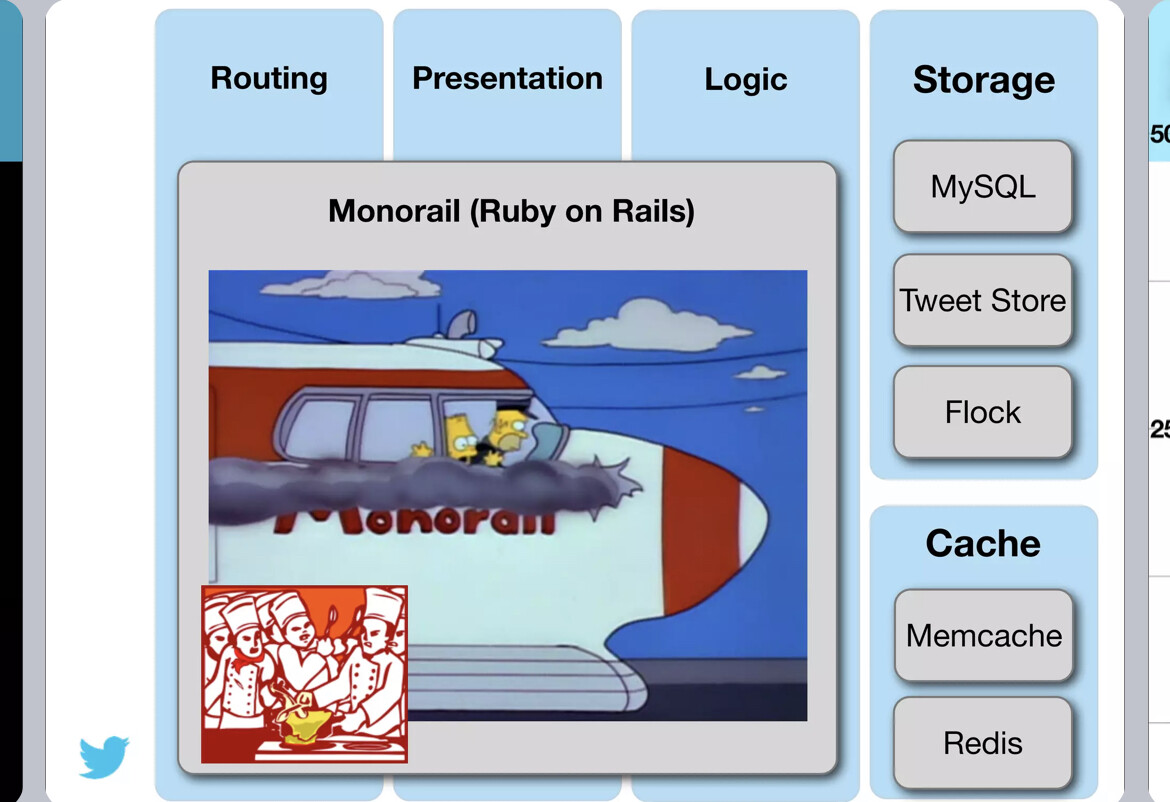{"p":"","h":{"iv":"ROXSYW+cfvEbFHu5","at":"ocxplSQjdRC3tXEtB/9/wg=="}}
- 1y ·
-
Public·
-
friend.camp
I was asked during Q&A of the #PlatGovNet panel I was on yesterday about the energy consumption of many federated servers vs the implied efficiency of a centralized service in a data center.
But centralized services have user surveillance and advertising mechanisms that small community servers do not - my bet is that hundreds of thousands of smaller servers, hosted individually, and delivering only the services their communities WANT will ultimately do less stuff and thus use less energy.
